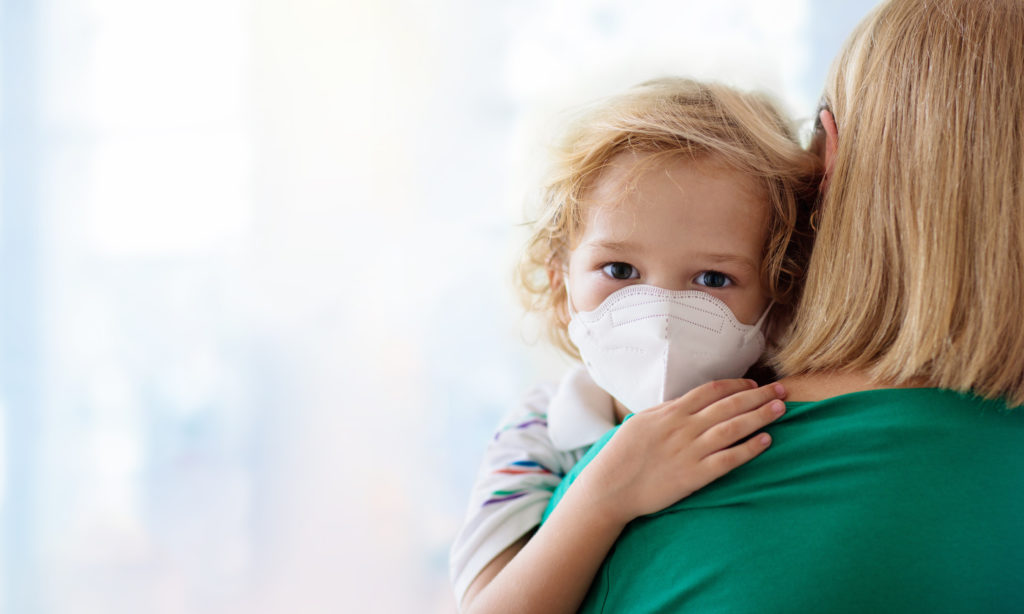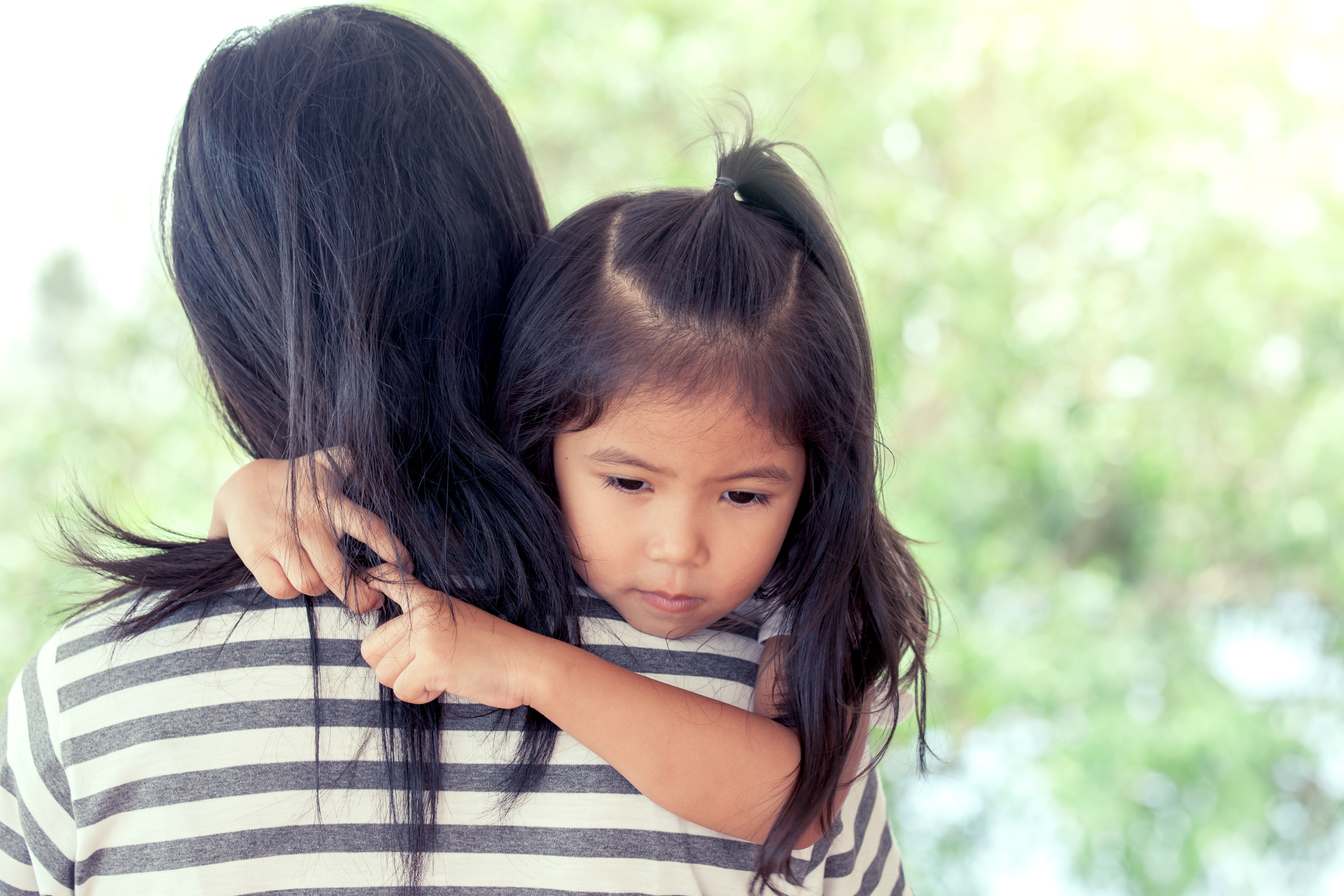Learn what’s new in food allergy research and participate in three important research studies before they close. Plus, check out our latest mythbuster.
Research: Have your say on what it’s been like managing food allergy during COVID-19 – closing this month!

If you have food allergy or are a parent of a child with food allergy, you are invited to participate in a short survey on what it has been like to manage food allergy during COVID-19. The survey should take approximately 15 minutes to complete.
This research will help to inform emergency protocols during and after the pandemic. It will also help in the development of supportive tools and policies to increase confidence in using appropriate emergency protocols. Your input is critical for this study.
Please see the note below from the research team for details on the study and how to participate in the short online survey. After you complete the survey, you can sign up to participate in a virtual interview to share additional thoughts and experiences the pandemic has had on the management of your/your child’s food allergy. The virtual interviews are very important as it will allow the researchers to gain deeper insights. If you are able, please sign up.
For questions on the study, you can email Greg Shand, the study coordinator at scarican2020@gmail.com or greg.shand@rimuhc.ca.
From the research team:
The research team, led by Dr. Moshe Ben-Shoshan of the division of allergy and immunology at the Montreal Children’s Hospital, part of the McGill University Health Centre, and Dr. Jennifer Protudjer, Ph.D., Department of Pediatrics and Child Health, University of Manitoba, are interested in learning about your experiences with managing food allergies at home during the COVID-19 pandemic. The aim of this study is to evaluate attitudes and perceptions of anaphylaxis management among Canadian families with food allergies during the COVID-19 pandemic.
How to participate
- Complete a secure online questionnaire related to your/your child’s food allergy, and how your treatment plans in the event of a severe reaction have been affected by the COVID-19 pandemic.
- The survey should take approximately 15 minutes to complete and participation is completely anonymous.
Confidentiality
Participation in this study is entirely voluntary. You may refuse to participate or you may discontinue your participation at any time without explanation. All information obtained during this study will be kept strictly confidential. The research data will be available only to the research team and to persons taking part in managing and analyzing the research information. This study has been approved by the Research Ethics Board of the McGill University Health Centre which is also responsible for the oversight of the study.
Complete the survey
Please click this button to begin the survey in English or French.
Questions
If you would like more information about this study, please contact Greg Shand, the study coordinator, at scarican2020@gmail.com.
Research: Participate in a survey if your child has received virtual care during COVID-19

A Canadian study led by researchers at the University of Manitoba aims to understand families’ perceptions of virtual allergy care during COVID-19. Through this study, the comfort level of parents with virtual allergy care will be assessed, including follow up appointments, early introduction of foods, oral food challenges and oral immunotherapy.
Who can participate
If you are the parent or caregiver of a child with food allergy who has received virtual allergy care during the pandemic, you are invited to participate in this study. You’ll be asked to take an online survey, which will take 15-20 minutes to complete.
Your participation in the study is important for providing meaningful insights on the experiences with virtual allergy care and will help inform how virtual care can be improved. With less than 1 allergist per 100k population in Canada, Canadians struggle to get timely access to an allergist and face long wait times, at times even having to travel out-of-province.
This means there are challenges in accessing allergy care and securing an accurate diagnosis that is even more pronounced for Indigenous, rural, and northern communities. This also means limited treatment options for some of the emerging therapies.

The federal government has recognized that the COVID-19 pandemic has necessitated a new way of accessing healthcare. In our 2021 federal budget submission, one area of focus is on a strategy to stratify virtual access to food allergy care to ensure proper diagnoses and future treatment options are accessible to all. Help us #MakeFoodAllergyCount and ask your MP to support our budget submission.
Research: Participate in a survey on the psychological health needs of living with food allergy and access to care
An international study, by researchers in Europe, Canada and the U.S., is looking at the psychological health needs, including stress, worry, anxiety and depression, related to living with food allergy, and access to care.
If you have a food allergy or are a parent of a child with food allergy, you are invited to participate in this study. You’ll be asked to take an online survey, which will take 20-30 minutes to complete.
To participate, you or your child must have a food allergy diagnosis by a medical doctor.
Your participation in this study is vital to providing the researchers with insights on the psychological health care needs of patients with food allergy and their families, and the services being offered. It will also help patient organizations like ours advocate for greater mental health supports.
Research: Peanut OIT found to significantly lower the risk of life-threatening allergic reactions in children

A new Canadian study is the first to demonstrate that exposing children to a small, regular dose of an allergen (peanut) in a real-world setting is effective in reducing the risk of allergic reactions.
With peanut oral immunotherapy (OIT) treatment, small amounts of the allergen are given in gradually increasing doses until the child can eat a certain amount of it without triggering a reaction, so long as they are on this treatment. One treatment aim is to reach a full serving of peanuts without a reaction (desensitization), while another is to provide protection in the event of an accidental exposure.
In this study, 117 preschool-age children with peanut allergy, ranging in age from 9 months to five years, received a daily maintenance dose of 300mg of peanut protein – about one peanut or a quarter teaspoon of peanut butter.
After one year, nearly 80 percent of the children were able to eat 15 peanuts (4000mg of peanut protein) without reaction during an allergist-supervised oral challenge. Further, almost every child who participated in the study could eat 3-4 peanuts without reaction, which is enough to protect from 99% of accidental exposures.
Read the UBC press release for more information and thoughts from the study’s senior author Dr. Edmond Chan and lead author Dr. Lianne Soller.
Plus, watch our Oral immunotherapy webinar and The truth behind immunotherapy webinar with Dr. Julia Upton to learn more about OIT.
Mythbuster – If a product is used regularly, why is it important to check the label every time?

FACT: Sometimes the ingredients of a product may change or a precautionary allergen statement like “may contain” is added or changed. The ingredients may also differ depending on the size or format of the product. For example, regular size and snack size versions of a candy bar may have different ingredients or precautionary allergen labelling warnings.
It is important to read the ingredient label carefully from start to finish, including any “may contain” statements, on all product sizes and versions, even if it has been “safe” in the past. Learn how to do the “triple check” and call manufacturers directly if you have any questions on the product ingredients.
Learn more:
Help us educate your communities and share this mythbuster with them! Find more mythbusters at foodallergycanada.ca/mythbusters.
Tags: advocacy, mythbusters, Research


